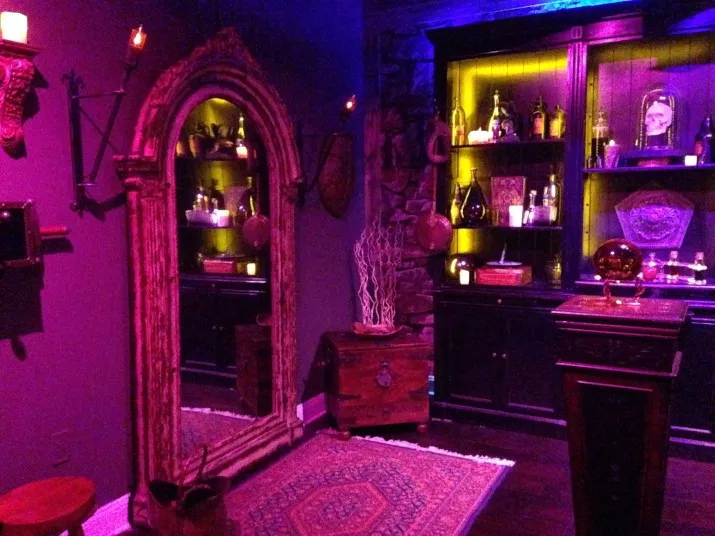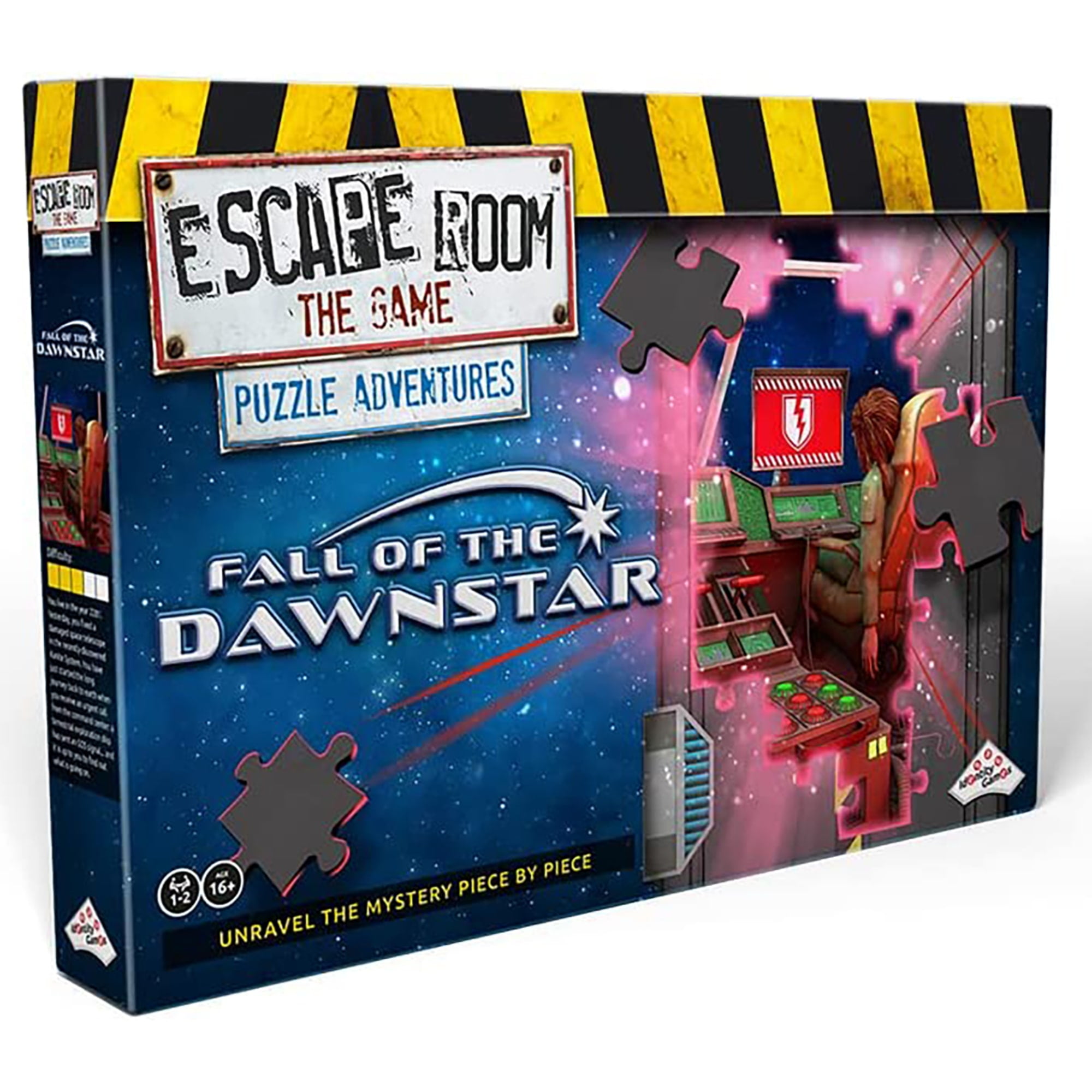Test Your Wits at the Escape Room Seattle WA: Enjoyable for All Ages
Test Your Wits at the Escape Room Seattle WA: Enjoyable for All Ages
Blog Article
Difficulty Your Mind With Our Intriguing Escape Room Puzzles and Clues
Getting started on a retreat space journey uses a complex experience that blends cognitive difficulties with immersive narration. Each area, diligently crafted with distinct motifs, attracts participants into a globe where reasoning, monitoring, and physical challenges assemble.
The Art of Challenge Style
The art of problem design in retreat areas is a precise and creative process that calls for a deep understanding of both cognitive and psychological interaction. Crafting a successful challenge includes stabilizing complexity with solvability, making certain that participants remain challenged yet not overwhelmed. This equilibrium is vital, as it fosters a feeling of accomplishment and promotes ongoing engagement.
Puzzle developers need to take into consideration numerous cognitive abilities, such as pattern acknowledgment, deductive thinking, and spatial recognition. These aspects ought to be interwoven effortlessly within the narrative of the getaway space, enhancing the immersive experience. Psychological engagement is equally vital; problems should stimulate curiosity, exhilaration, and periodic stress, inspiring participants to persist and ultimately prosper.
Interest to information is paramount. Every clue, prop, and system should be diligently created and examined to make certain performance and coherence within the storyline. Designers usually repeat on their creations, incorporating feedback from test groups to fine-tune trouble levels and eliminate ambiguities.

Types of Escape Room Difficulties
Understanding the complexities of problem design normally results in an exploration of the diverse types of challenges run into in escape rooms. These difficulties can be broadly categorized right into physical puzzles, logic problems, and observational challenges, each offering special types of engagement and cognitive excitement.
Physical challenges call for individuals to engage with their atmosphere, usually entailing tasks such as setting up things, manipulating devices, or discovering covert areas. These obstacles involve tactile detects and spatial thinking, motivating synergy and hands-on analytical.
Logic problems, on the other hand, need logical thinking and pattern acknowledgment. Individuals could be tasked with decoding ciphers, solving mathematical problems, or discovering connections between seemingly unrelated hints - escape room in seattle. These challenges are made to test the players' deductive reasoning and intellectual expertise
Observational challenges depend on keen attention to information. Gamers must inspect their surroundings to identify subtle tips, discrepancies, or hidden messages. These challenges frequently necessitate an eagle eye and a capability to regard links that could forget.
Methods for Success
Accomplishing success in escape areas requires a thoughtful mix of method and collaboration. Teamwork is critical; players should take advantage of their cumulative strengths to solve intricate puzzles successfully. Separating tasks according to individual skills can streamline the process-- those with a propensity for pattern acknowledgment can take care of aesthetic problems, while logical thinkers tackle series and riddles.
Reliable communication is one more cornerstone of success. Sharing discoveries immediately prevents copied initiatives and guarantees everybody continues to be on the same page. Making use of a central area to position found things can help track progress and prevent missing critical clues.
Time administration is just as important. Designate a details quantity of time to every problem, avoiding long term concentrate on any kind of single difficulty. Seeking or switching challenges aid from colleagues can supply fresh viewpoints. if development stalls.
It's additionally useful to familiarize oneself with typical getaway space themes and challenge kinds beforehand. Understanding prospective puzzle layouts, such as ciphers or lock mixes, can accelerate analytical.
Last but not least, maintaining a positive and made up mindset under pressure can substantially influence efficiency. Tension can cloud judgment, so maintaining calm guarantees clear thinking and reliable partnership, causing a greater possibility of efficiently escaping.

Benefits of Escape Rooms
Involving in getaway areas offers a wide range of advantages that extend past simple enjoyment. These immersive experiences act as a durable system for establishing critical thinking and analytical abilities. Participants are needed to assess ideas, recognize patterns, and develop services under time constraints, promoting psychological agility and cognitive flexibility.
Additionally, getaway rooms are an effective tool for boosting teamwork and communication. The collaborative nature of these tasks necessitates reliable communication and coordination among team members. This setting urges participants to verbalize their ideas clearly, listen actively, and work synergistically in the direction of a typical objective, therefore strengthening interpersonal skills.
Additionally, escape areas offer an excellent opportunity for anxiety relief and psychological rejuvenation. The engrossing nature of the difficulties permits individuals to divert their emphasis from day-to-day stress factors, promoting a feeling of achievement and wellness upon resolving the problems. This can lead to improved mental wellness and raised performance in other areas of life.
Lastly, these experiences often need creativity and resourcefulness, which can equate right into innovative analytical capabilities in specialist setups. By involving in escape areas, individuals can develop a diverse ability that applies in different real-world scenarios, making them an important addition to any individual or specialist development strategy.
Popular Themes and Circumstances
Delving into the varied world of getaway rooms discloses a myriad of prominent styles and circumstances that mesmerize participants and heighten the immersive experience. Among the most see page cherished styles are those that carry players right into sensational realms or historic periods. Ancient Egyptian burial places, medieval castles, and pirate adventures are seasonal favorites, allowing individuals to solve puzzles within highly comprehensive settings that evoke a sense of journey and discovery.
Another widespread theme is the secret and investigator category, where gamers locate themselves in the function of sleuths solving a crime or discovering secrets. These scenarios often include detailed stories and a series of interconnected clues that need eager observation and deductive thinking to decipher.
Furthermore, sci-fi and scary styles hold considerable charm, drawing on the intrigue of futuristic technology or the adventure of navigating haunted laboratories and houses. These scenarios often include unique impacts and sophisticated props, boosting the realistic look and tension.
Finally, lots of getaway spaces attract motivation from pop culture, creating experiences site web based on beloved publications, movies, or television shows. This can stimulate a sense of experience and excitement, as participants engage with situations that admire their favored stories.
Verdict
The intricate style of retreat space problems and clues supplies an one-of-a-kind mix of cognitive obstacles and immersive storytelling. By engaging in different types of physical, rational, and observational challenges, individuals improve vital thinking and teamwork skills.
Each room, meticulously crafted with one-of-a-kind motifs, draws participants right into a world where logic, observation, and physical challenges converge.The art try this of puzzle design in escape areas is a meticulous and creative procedure that requires a deep understanding of both cognitive and psychological interaction. Crafting a successful puzzle involves balancing intricacy with solvability, making certain that individuals stay tested yet not bewildered. The gripping nature of the challenges permits individuals to divert their emphasis from daily stress factors, promoting a feeling of success and health upon resolving the problems.The detailed design of getaway area challenges and clues uses a special mix of cognitive obstacles and immersive narration.
Report this page